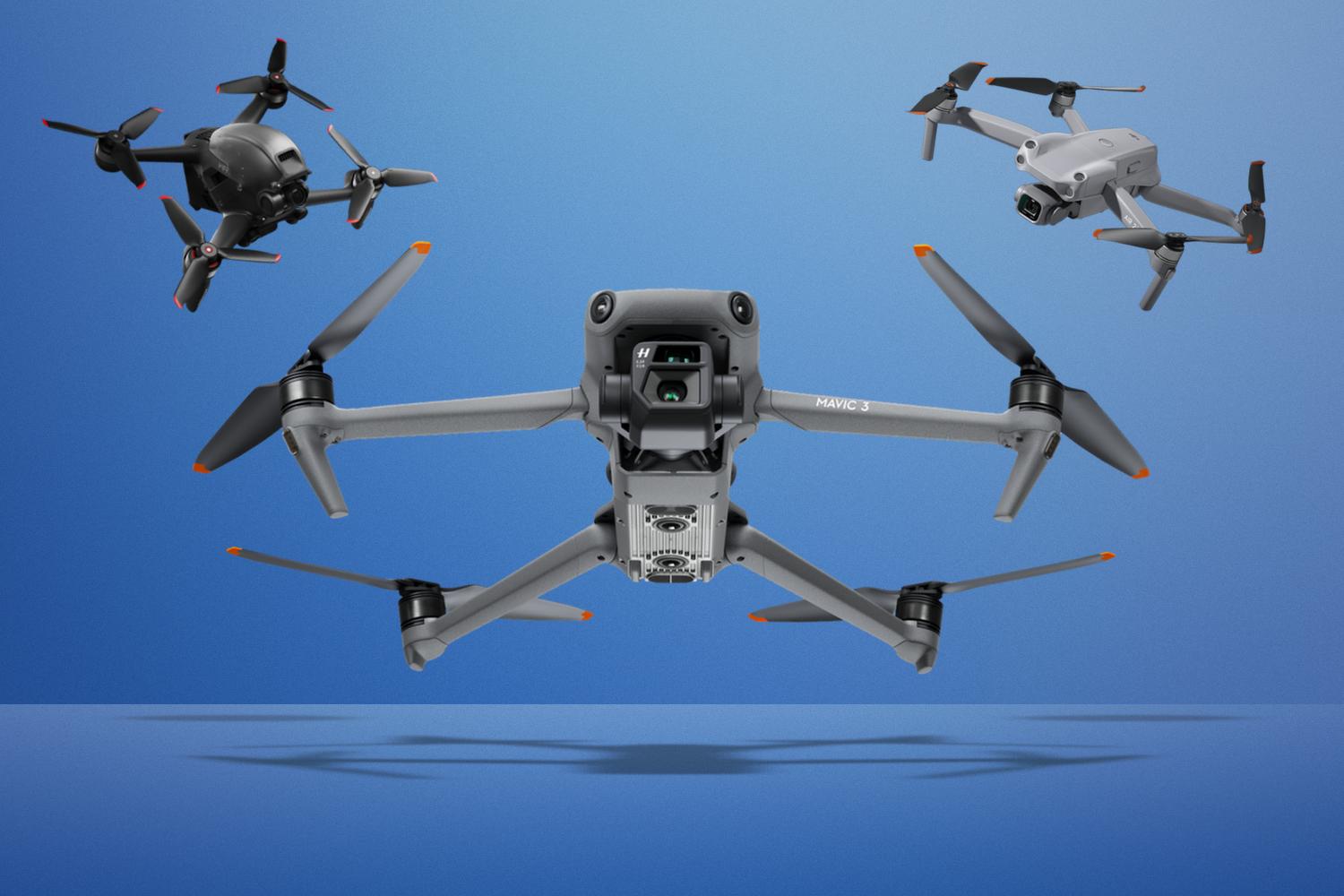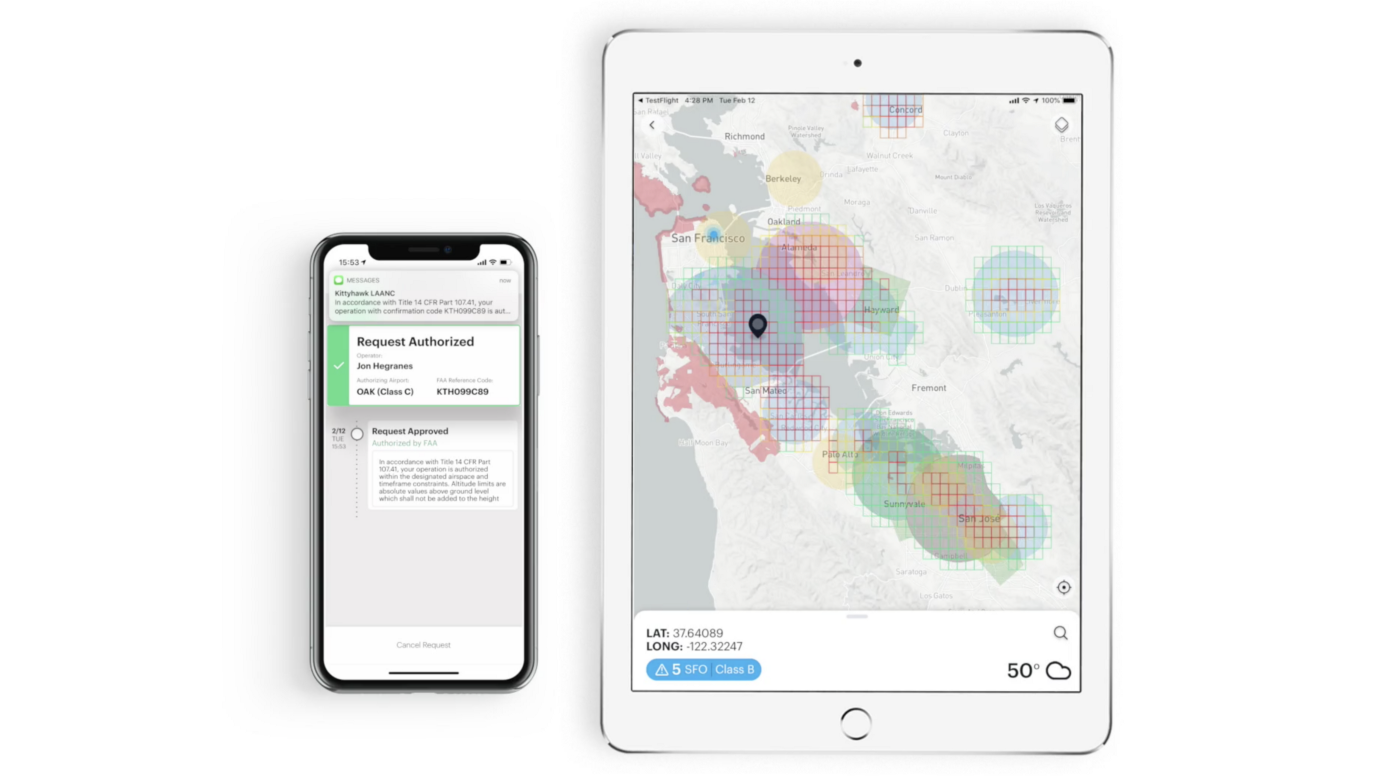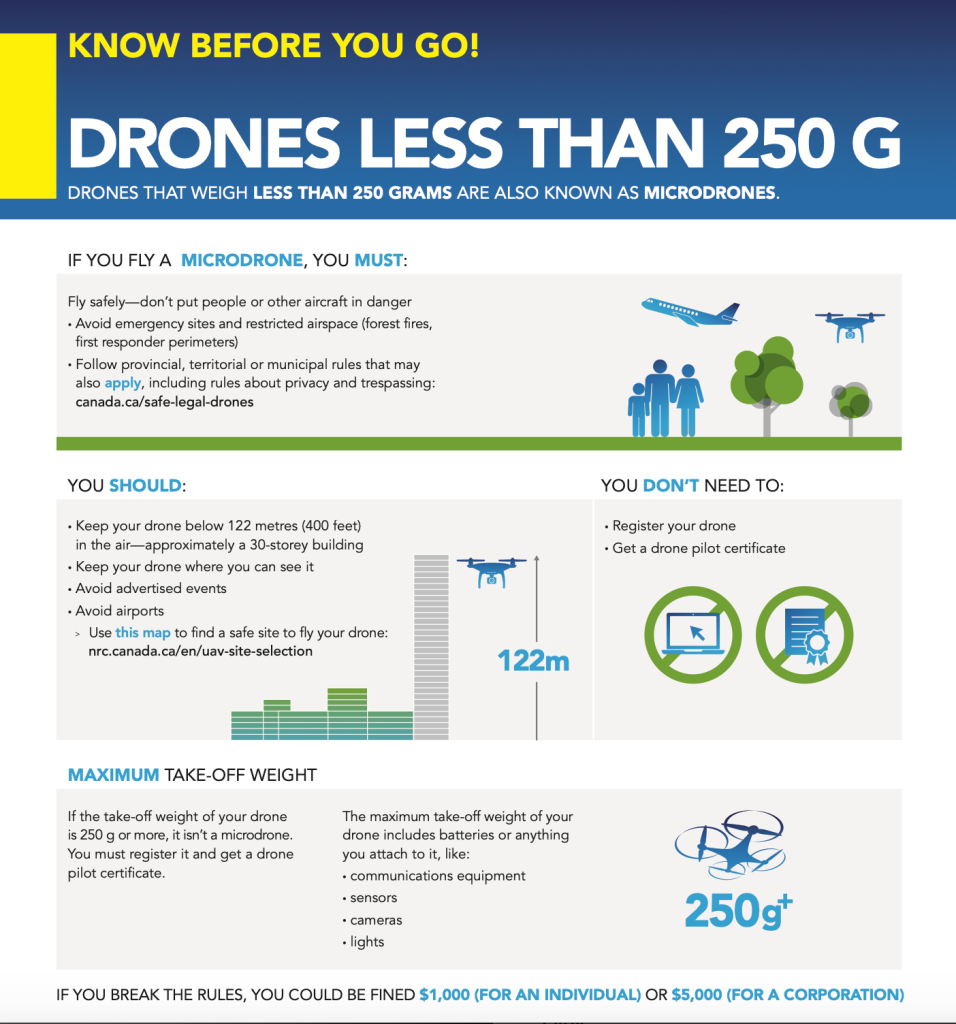
Quadcopters UK sells all types of drones, from recreational to racing. You can find drones from leading brands like TBS and FrSky at an affordable price. You can also find information about No-Fly Zones and legacy drones. Quadcopters UK will have it, no matter what type of drone you're interested in. These are some helpful tips to help you get started.
Recreational drones
The UK has strict laws about recreational drones. Just recently, the Civil Aviation Authority (CAA), opened registration requirements for drone owners. This includes an online theory exam. To fly drones below 250g, you must register your aircraft with the CAA. These rules regulate drone flights in specific areas. You can always reach the CAA if you have questions about drone laws.
Commercial drones
Commercial drones are likely to cause controversy and lead to new rules. Recent data from the Civil Aviation Authority (CAA), showed a substantial increase in unmanned aircraft system permissions. These aircraft have the potential to lower costs, increase efficiency and provide new services. But, there are also risks involved. Unmanned aircraft systems can cause accidents and damage to people, and accidentally misusing them can disrupt thousands of flights. A new regulatory framework is necessary to protect the public from such incidents.

No-fly zones in the UK
The UK government announced plans for expanding no-fly zones around airports. These areas will rise from one kilometer down to five kilometers. After the recent Gatwick incident, Heathrow bought drone anti-drone system. New rules by the government will ensure that drones are not a danger to airport workers and passengers. The UK leads the charge in regulating drone activity, and preventing criminal acts. It is illegal to fly a drone higher than 400 feet or less than five kilometers from an airport under the UK's drone laws. If you are found guilty, you may face severe penalties or even a life sentence.
Legacy drones
It is important to understand the rules if you are considering flying a Legacy Drone within the UK. These aircraft cannot be flown in residential areas. Operators must keep at least 150m from buildings and people, just like other aircraft. They are however allowed to fly upto 2kg unmarked legacy drones under the A3 subcategory of open category, which is somewhat more restrictive than its predecessors.
Nano-drones
A nano-drone is a miniature unmanned aerial vehicle. These small drones, which were developed by Norwegian company Prox Dynamics are light and compact. These tiny drones are designed to provide situational awareness of the ground and air. Due to their small size they are able to pass over most obstacles easily. The UK government contracted a company in order to develop 160 Nano drones. The contract costs twenty million sterling pounds.

DefendTex Drone40
The DefendTex Drone40 UAV (nano-unmanned aerial vehicle) is a UAV with a 12-kilometer operating range. The British Army has used the drone40 to monitor Mali and its use as a loitering device. It is lightweight, can fly for 30 to 60 minute, and weighs less that half a pound. Depending upon the payload, it can carry electronic, kinetic, smoke/flash, or a laser designator.
FAQ
Do I need special training to fly a drone?
No, you don't need special training to fly your drone. You will only need a remote control unit, and some knowledge about flight mechanics.
Which US states make drones legal?
You can legally operate a drone for hobby purposes. The Federal Aviation Administration (FAA) has set up guidelines that allow people to use small unmanned aircraft systems (UASs). These UASs have to be registered with FAA before they are allowed to fly. These UASs can also be flown by commercial operators if they are allowed to fly under certain conditions.
What type of batteries can a drone use to charge its batteries?
Most drones use lithium-ion batteries. A typical drone runs on between 3 and 6-volts.
A drone can spy on you.
Yes, anyone can use drones to spy on them. You can protect yourself against drones by being aware of them and avoiding areas where they might fly. Do not hesitate to call 911 if a drone is seen flying.
What laws are there regarding drones flying?
The Federal Aviation Administration (FAA), in the United States, regulates all aspects related to drone operations. To operate a drone commercially, you must first get a certificate from the FAA. After that, you must pass an exam and complete a course to learn piloting skills. The final step is to pay the fee.
Statistics
- According to Indeed, a drone pilot gets paid $25.73 per hour on average in the US. (dronesgator.com)
- According to ZipRecruiter, the minimum hourly wage of drone pilots is $20. (thedroneu.com)
- According to industry research from ZipRecruiter , there are 10 cities where the typical salary for a Drone Pilot job is above the national average. (dronesgator.com)
External Links
How To
How to Fly Drones at a Beginning Level
A drone is a remote-controlled aircraft used for aerial photography, cinematography, surveillance, scientific research, and hobby purposes. Drone technology has existed since World War II. However, commercial use began in 2010 when DJI released their Phantom series of quadcopters. There have been many drones made since then. These range from beginner-friendly drones like Parrot AR Drone 2.0 to more advanced multi-rotor craft like DJI Mavic Pro.
There are many ways to fly a drone.
-
Remote control - This allows you to control the drone from your hand. There are two main types: Joysticks (like a radio), and On/Off switches (like an alarm clock).
-
Manual Control – This allows remote operation of the drone via GPS coordinates using a smartphone application. The app will provide instructions and help you to locate the drone.
-
Autonomous Flight – This is when the drone handles all the piloting tasks. It basically flies autonomously without any human intervention. It must have a builtin camera, sensors capable of taking images and data to enable autonomous flight.
-
Triggered Flight: This is similar in concept to manual control. The pilot manually creates a route and the drone then follows it until it reaches that endpoint. The drone automatically lands once the route has been completed and returns to the base.
-
Landing Gear – A few drones come with landing gear. This allows them land safely in the event of losing power or running out of battery.
-
Goggles - Pilots may wear goggles to shield themselves from flying debris.
-
Camera - Certain drones come with cameras that allow you to take photos and videos from high above.
-
Obstacles. Some drones can have obstacle avoidance technology that stops them from hitting obstacles.
-
Speed - Some drones reach speeds exceeding 40 mph.
-
Battery Life – Most drones will last 20 minutes to three hours depending on how powerful they are.
-
Range - Some drones can travel upto 30 miles depending on their models.
-
Power source - Not all drones can use an external power source. Others can run on internal batteries.
-
Weight – Some drones are less than one pound, while other models can be up to four pounds.
-
Size - The size of drones varies from small, easily carried devices to more substantial crafts that weigh in excess of 50 pounds.
-
Price - All drones fall within a specific price range, from high-end models that can cost thousands of dollars to lower-cost options starting at $100.